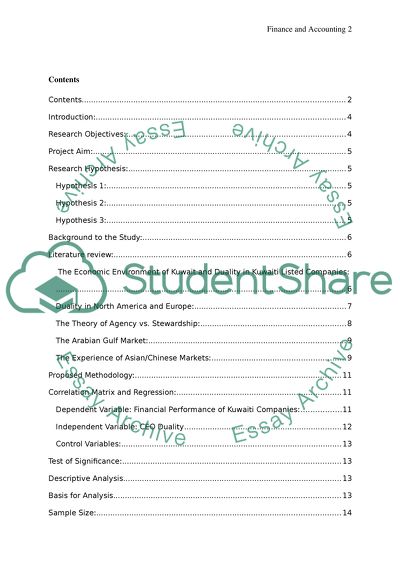Cite this document
(“The relationship of board duality by comparing directors with their Dissertation”, n.d.)
Retrieved from https://studentshare.org/finance-accounting/1395770-the-relationship-of-board-duality-by-comparing-directors-with-their-firms-performance
Retrieved from https://studentshare.org/finance-accounting/1395770-the-relationship-of-board-duality-by-comparing-directors-with-their-firms-performance
(The Relationship of Board Duality by Comparing Directors With Their Dissertation)
https://studentshare.org/finance-accounting/1395770-the-relationship-of-board-duality-by-comparing-directors-with-their-firms-performance.
https://studentshare.org/finance-accounting/1395770-the-relationship-of-board-duality-by-comparing-directors-with-their-firms-performance.
“The Relationship of Board Duality by Comparing Directors With Their Dissertation”, n.d. https://studentshare.org/finance-accounting/1395770-the-relationship-of-board-duality-by-comparing-directors-with-their-firms-performance.


